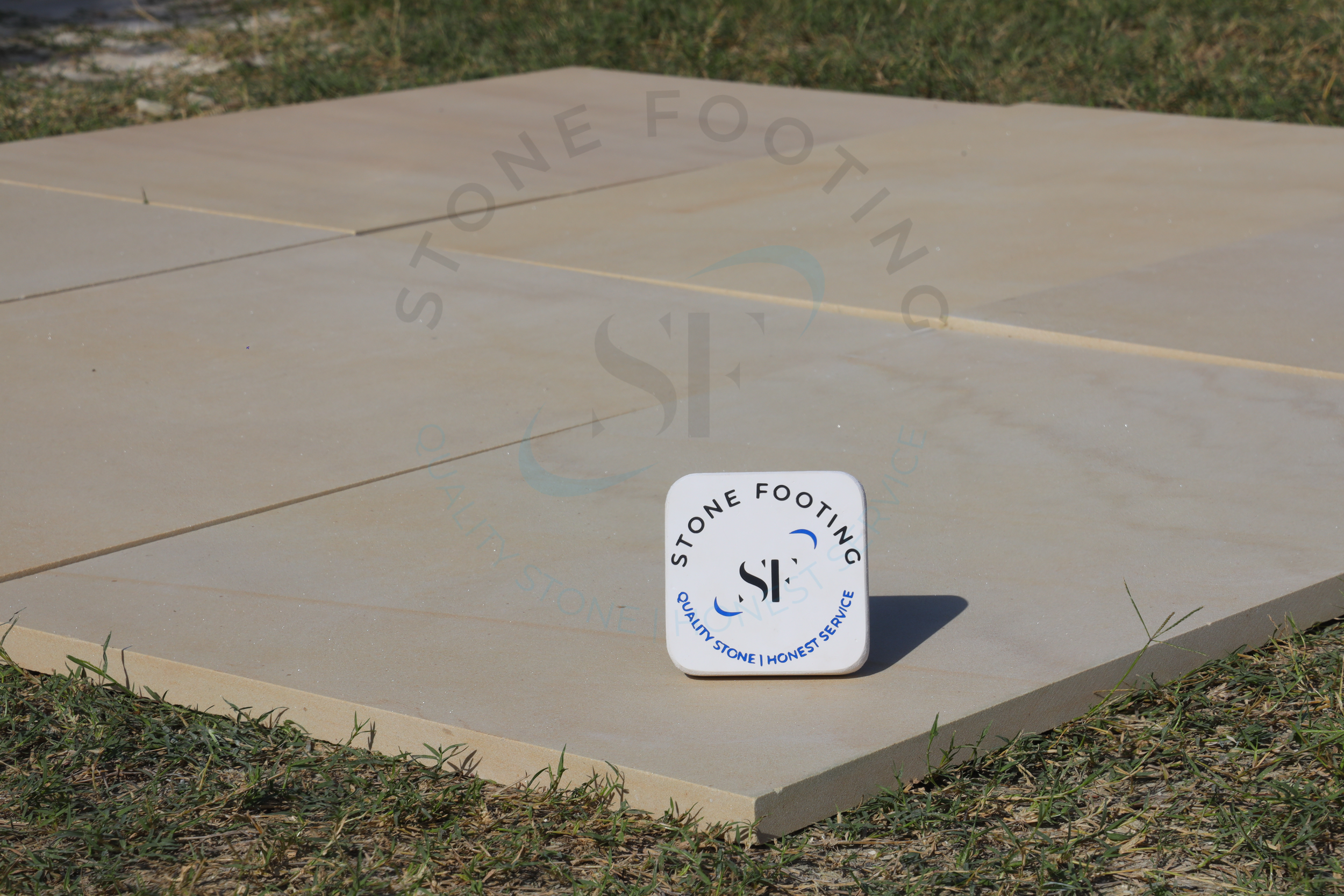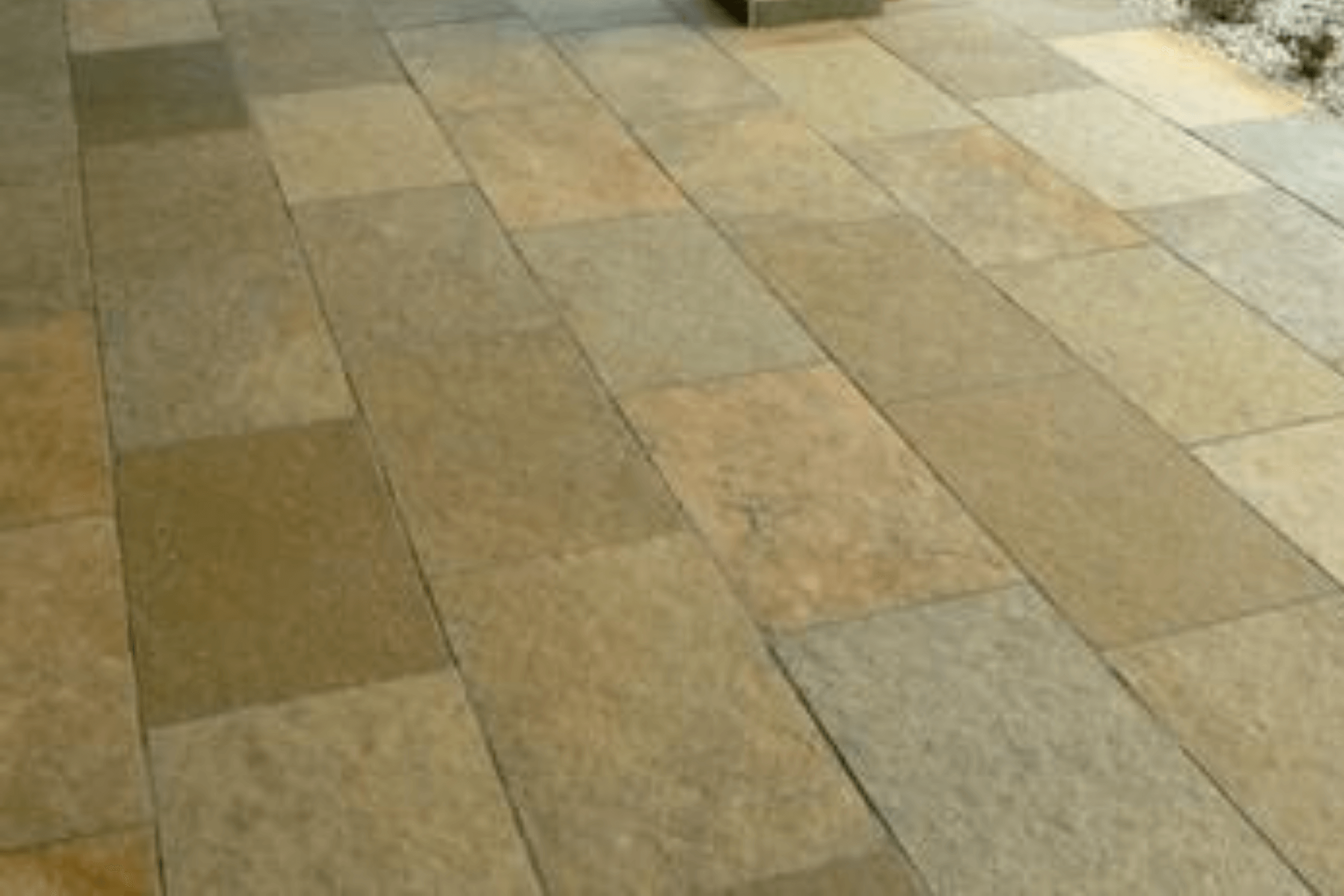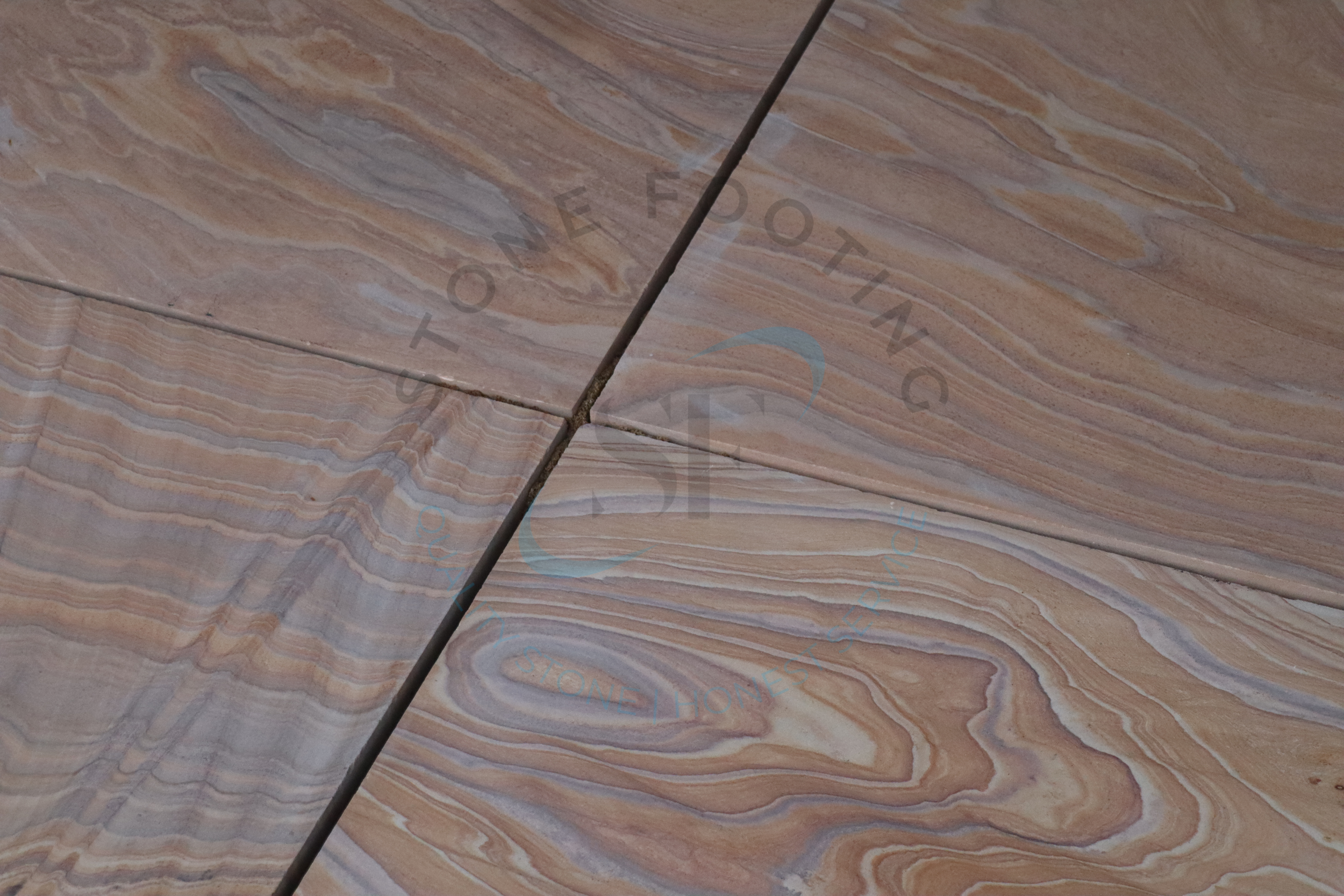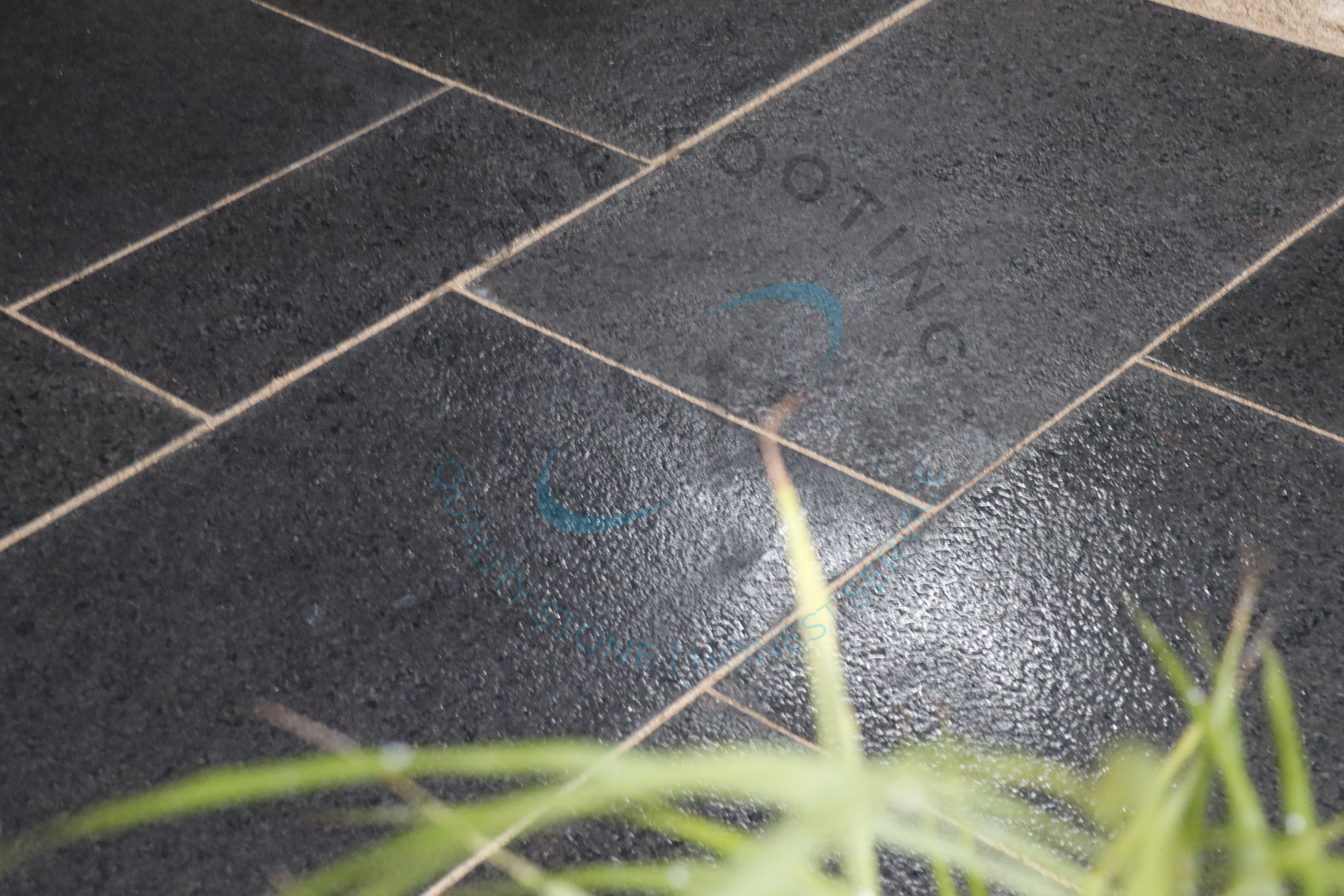Advantages And Disadvantages Of Sandstone Paving
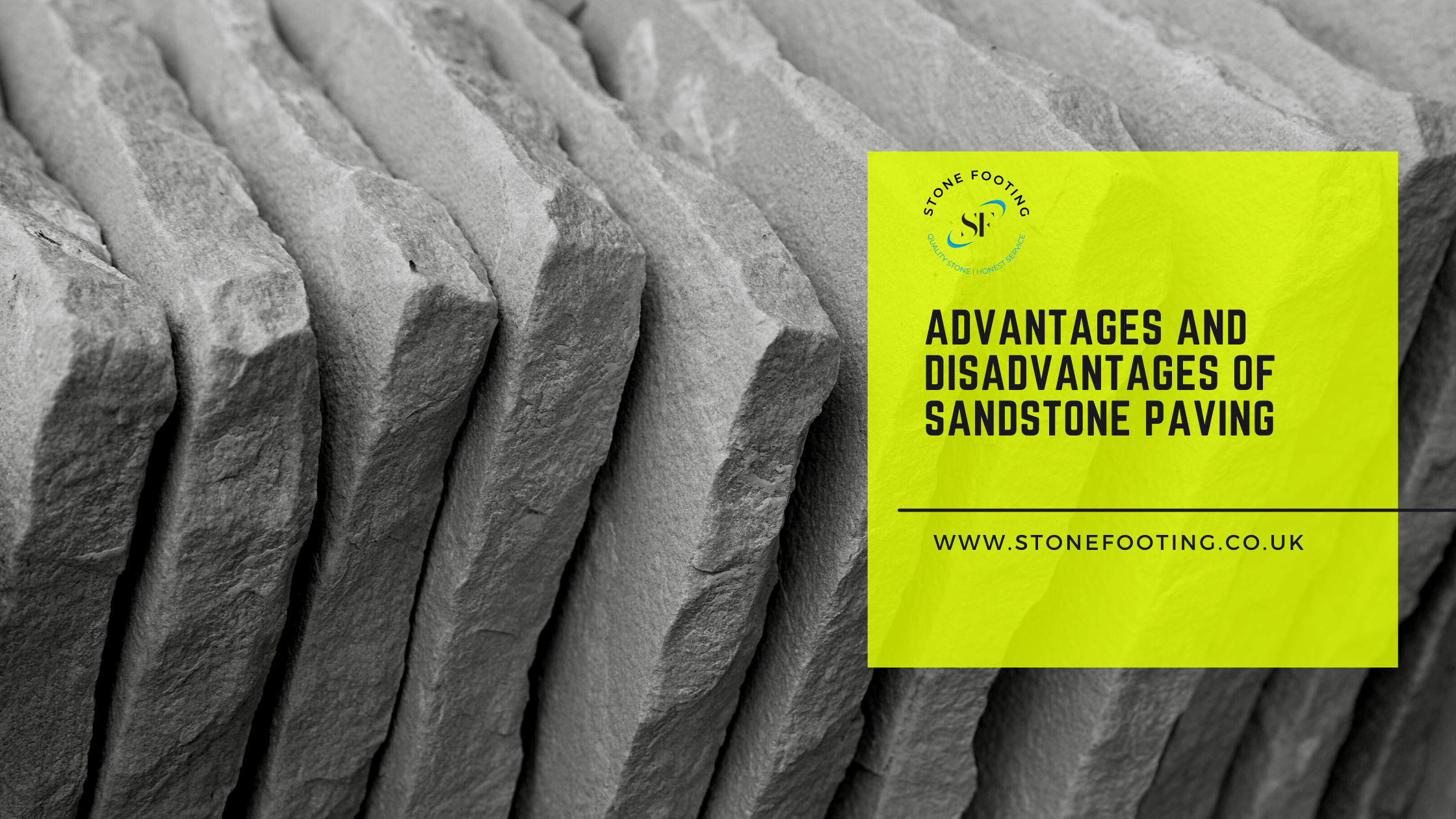
In being sure, sandstone pavement is an excellent outdoor flooring alternative. It produces an amazing ambiance in the garden, and its raw, natural appearance lends itself to a wide range of outdoor ideas. Sandstone paving slabs provide a smooth, attractive surface for your family to enjoy, and they will perform beautifully for you no matter what you do in your outdoor space.
The obvious attractions of sandstone, however, have a drawback. Because sandstone is a natural stone, the porosity of your slabs will be quite high. Porous paving may not appear to be a disaster waiting to happen, but keep in mind that a high porosity allows humidity to penetrate into the stone and disrupt the entire appearance. Therefore, frequent sealing can help avoid this, but be aware that some sealants can lead stone into becoming corroded and chipped.
So to provide a balanced assessment, we’ve detailed numerous advantages and downsides for Indian Sandstone, which we believe will provide a balanced review of obtaining Indian Sandstone paving for your home.
Advantages And Disadvantages Of Sandstone Paving
Advantages
Sandstone Paving Is Durable
For starters, and maybe most crucially, sandstone is a very long-lasting material. The environmental structure may be rather unpredictable at times, but sandstone is up to the task. It can withstand rainy conditions and will not corrode or decay like other pavement materials. Sandstone is also constructed to last, thus unlike some other materials that break due to weeds, sandstone holds up nicely.
Moreover, Sandstone paving is particularly excellent in hot weather. It will not crack in the hot summer sun, making it ideal for outdoor use. Many people use sandstone for their steps and step landings because it is sturdy, cost-effective, and appealing.
It has the extra benefit of being easy to repair if something goes wrong, such as a piece falling off. It’s an easy product to work with, so you can quickly purchase new pavers or even just a tiny part.
Sandstone Paving Involves Simpler Installation Pattern
Paving stones are simple to lay by a homeowner. Many types of paving stones may be put without mortar, thus it’s not necessary to use it. The stones are laid on a sand bed, then sand is used to fill in the gaps.
They can be added to an existing piece of paving stones or set over existing pavers. It’s simple to match color, size, and form.
Sandstone Paving Owns A Beautiful Appeal
Paving stones will give your home a sense of beauty and elegance. With them, the design possibilities are virtually endless. On the market today, pavers come in a wide variety of designs, patterns, colors, and sizes
So, whatever outdoor project you’re working on, we have got it all covered for you!!
Sandstone Paving Come In Variety Of Colors
Because of its wide spectrum of colors, sandstone is a popular option among landscapers and designers. There are a variety of colors available, ranging from tan to reddish-brown and even light gray. Sandstone is a great option for creating a natural aesthetic for your garden walk, driveway, or outdoor gathering spaces. You don’t have to use the same color throughout, and you may even mix and match for a unique look.
Instead of utilizing properly cut square blocks, you can use a variety of forms in a technique known as random pavement. It’s a widely accepted approach, but mixing a handful of hues together may make it much more striking! When you select an unusual pavement pattern, you have a lot more decorating options. You may go wild putting together a variety of sandstone forms, just like the title indicates.
Disadvantages
Sandstone Paving And Water Absorption
Natural sandstone paving has the problem of absorbing moisture much more readily than concrete or brick. During the winter, moisture within the stones might freeze, causing the pavers to crack. This causes a visible break on the stone’s surface, which might detract from the overall aesthetic of the patio.
Sandstone Paving And Installation Costing
Because block paving does not need expensive machinery, many block pavers are individuals working from their homes rather than established firms that can give a professional service supported by authentic warranties. Inexperienced and unqualified paving installers may be attracted to the market because of low machinery setup costs.
Sandstone Paving Requires Serious Maintenance
Patio cleansers that are already acidic may produce stains, so you’ll need to be extra cautious with maintaining and cleaning. To keep algae, stains, and filth at bay, you’ll almost certainly need to invest in a sealant and a high pressure washer or scrub brush. Sealants are also far more costly than you would assume.
Sandstone Paving And The Fading
Several of the most appealing hues on sale at the outset, which entice you to acquire them, fade away much faster, so you’re better off choosing a variety that will last longer.
Bottom Line!!
Now we know that there are advantages and disadvantages to everything in our world. If you’re still seeking for sandstone pavement and sandstone tiles to use in your dream house, you’ve come to the right place.
For more information on the same or need any consultation, please do not hesitate to contact Stone Footing, the leading wholesaler of Sandstone paving stone in the UK and other European Countries on +44-7727464187 or email at info@stonefooting.co.uk.
Frequently Asked Questions
What are some of the benefits of paver installation?
Rain and wind can wash away the sand, leaving severely damaged surfaces that are difficult to restore. The foundation deteriorates when the dirt is washed away, posing a serious safety hazard. Paving, on the other hand, protects surfaces by preventing them from being damaged.
What is the variation between sandstone pavements?
With 10-15mm gaps between each slab, sandstone flags should be placed. With 3-5mm seams between each slab, sawn paving may be pointed. Because pale sandstone pavement is very porous, we recommend sealing it before placing it.
Does sandstone paving need to be primed?
Sandstone pavement should only be laid on a full wet bed of Mortar with a 5.1 sand-to-cement ratio, and the slabs should be primed individually with a slurry primer before placing to enhance adhesion and avoid salt blooms.
.

